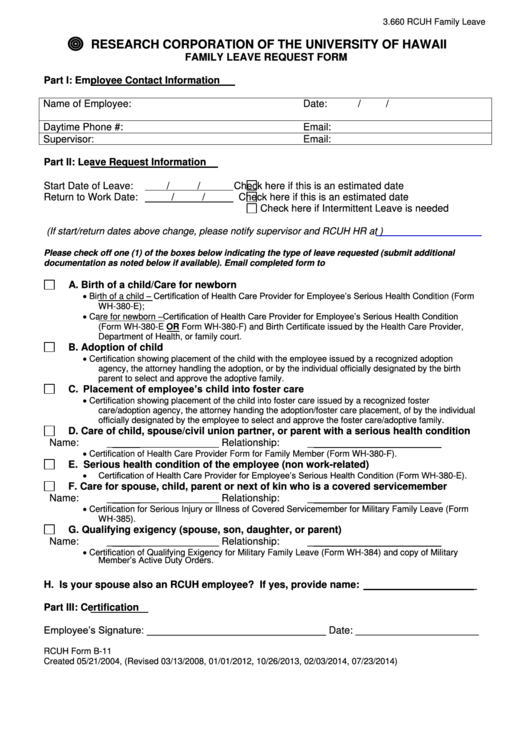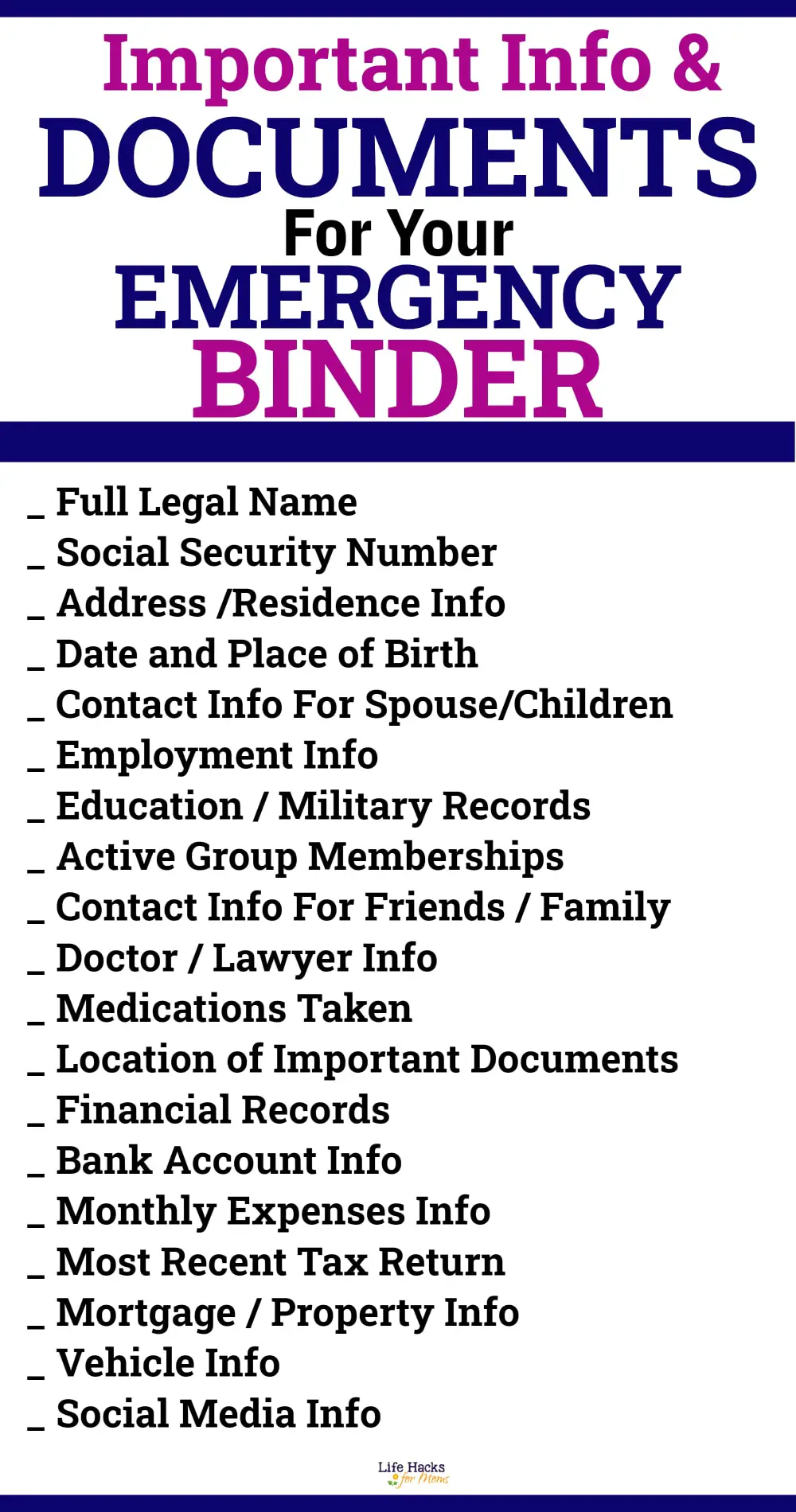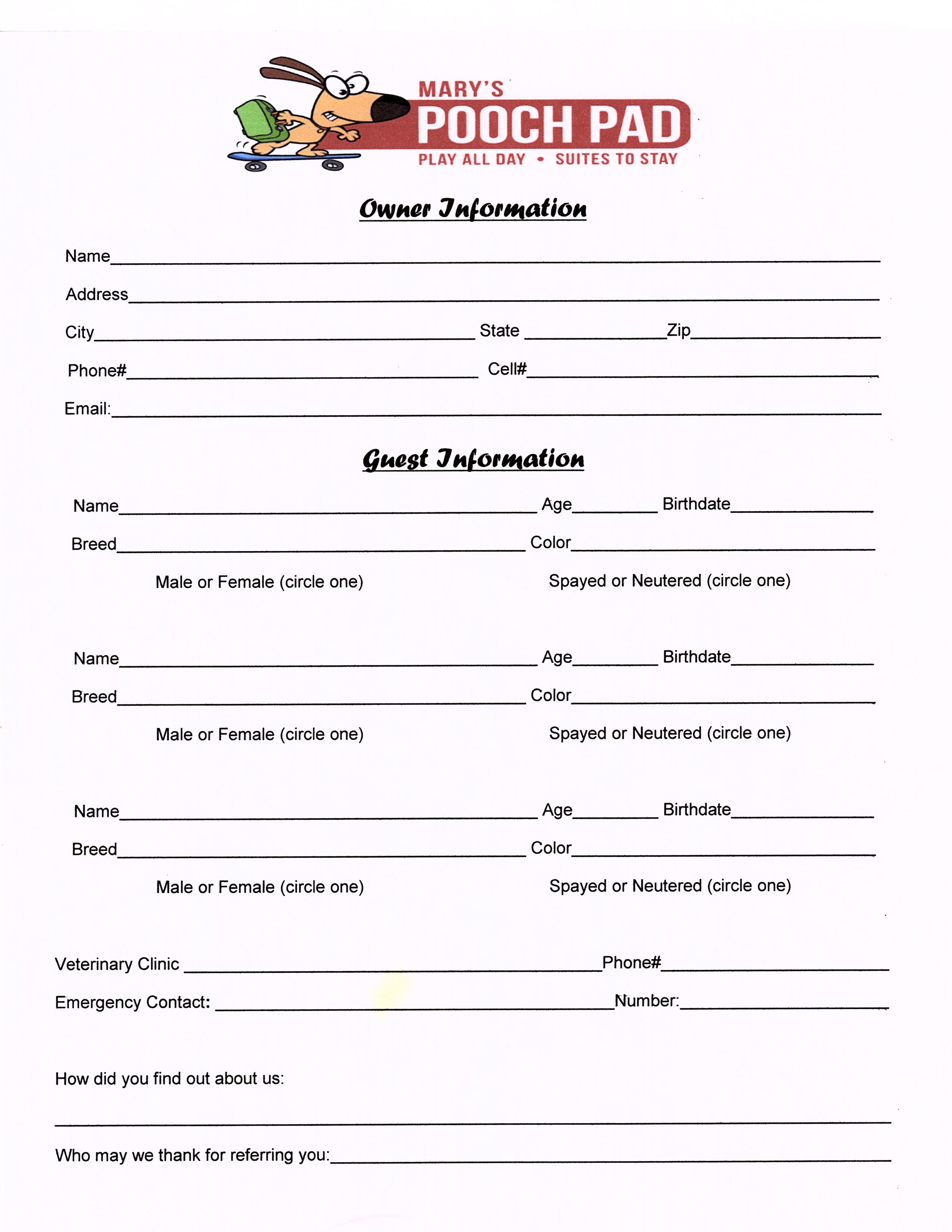Family Responsibility Leave: Essential Paperwork Guide

In today's fast-paced world, balancing work and family responsibilities can be quite challenging. For those times when family issues take precedence, many employees turn to Family Responsibility Leave (FRL). FRL allows workers to take time off to deal with family-related matters without the fear of losing their job or facing any penalties at work. This leave can be crucial for moments when immediate attention to family needs is imperative, such as the birth or adoption of a child, illness, or caring for a relative.
Understanding Family Responsibility Leave

Family Responsibility Leave typically applies to close family members like your spouse, children, parents, or in some cases, in-laws. Here’s a general look at what you might expect:
- Purpose: To provide support during significant family events or crises.
- Duration: Can vary by jurisdiction or company policy, often ranging from a few days to several weeks.
- Eligibility: Full-time employees after a certain length of service, though part-time or contract workers might also qualify under specific conditions.
Eligibility Criteria

Eligibility for Family Responsibility Leave can differ significantly:
| Criterion | Description |
|---|---|
| Length of Employment | Typically, you must have been employed for a minimum period, like 12 months or a certain number of hours worked. |
| Type of Employment | Full-time employees are generally eligible, though policies might extend to part-time or contract workers. |
| Family Relationship | Covers immediate family members, but the definition can be broad or specific depending on the employer or legislation. |

⚠️ Note: Always check your employment contract, HR policy, or the relevant legislation for specific eligibility criteria.
Notification Requirements

Notifying your employer of your need for FRL is crucial. Here’s how you should proceed:
- Inform Early: Notify your employer as soon as possible, even if you’re unsure about the duration of the leave.
- Document: Follow the company’s process for reporting leave, which might include filling out a form or providing written notice.
- Discuss: If applicable, discuss how your absence will be managed, especially for critical positions.
Documentation and Paperwork

The specifics of the documentation required can vary:
Proof of Family Relationship

- Birth certificates or adoption papers
- Marriage or civil partnership certificates
- Divorce decrees, if applicable
Medical Documentation

If the leave is for caregiving or illness:
- Doctor’s note or medical certificate detailing the condition and expected care duration.
- A medical report might be required for extended or repeated leaves.
Leave Application Forms

- Employer-specific forms
- Company-provided forms or statutory forms if mandated by local laws.
💡 Note: Maintaining privacy is key; ensure sensitive information is shared securely.
Managing Your Leave

Here are steps to manage your leave effectively:
- Plan: If possible, coordinate with your workplace to ensure your responsibilities are covered during your absence.
- Stay in Touch: Unless advised otherwise, keep lines of communication open with your employer for updates or if the situation changes.
- Be Prepared: Ensure your documentation is in order to avoid any disputes or delays.
- Legal Considerations: Understand your rights to protect against any potential discrimination or negative repercussions from taking FRL.
Returning to Work

After your leave:
- Notification: Let your employer know your return date well in advance.
- Reintegration: Discuss and plan your reintegration into the workplace to ensure a smooth transition.
- Review: Assess your job to see if any changes occurred during your absence, like new processes or responsibilities.
- Support: If needed, ask for support or a flexible schedule initially to help you adjust back to work life.
As we've explored, Family Responsibility Leave is not just a policy but a vital lifeline for employees dealing with personal and family issues. Understanding the eligibility, documentation, and processes involved can significantly ease the burden during difficult times. Remember, managing FRL effectively ensures you fulfill your family duties while maintaining your professional standing.
Can I take FRL if my child is sick?

+
Yes, FRL often covers taking care of a sick child, provided you meet the eligibility criteria. Documentation like a medical certificate might be required.
Do I get paid during Family Responsibility Leave?

+
Payment during FRL varies. Some organizations offer paid leave, while others might provide unpaid leave or partial pay. Check your company’s HR policies for specifics.
What if I’m discriminated against for taking FRL?

+
Discrimination for taking statutory or company-provided leave is illegal in many jurisdictions. If you face discrimination, you might need to seek legal advice or contact HR for internal resolution.



